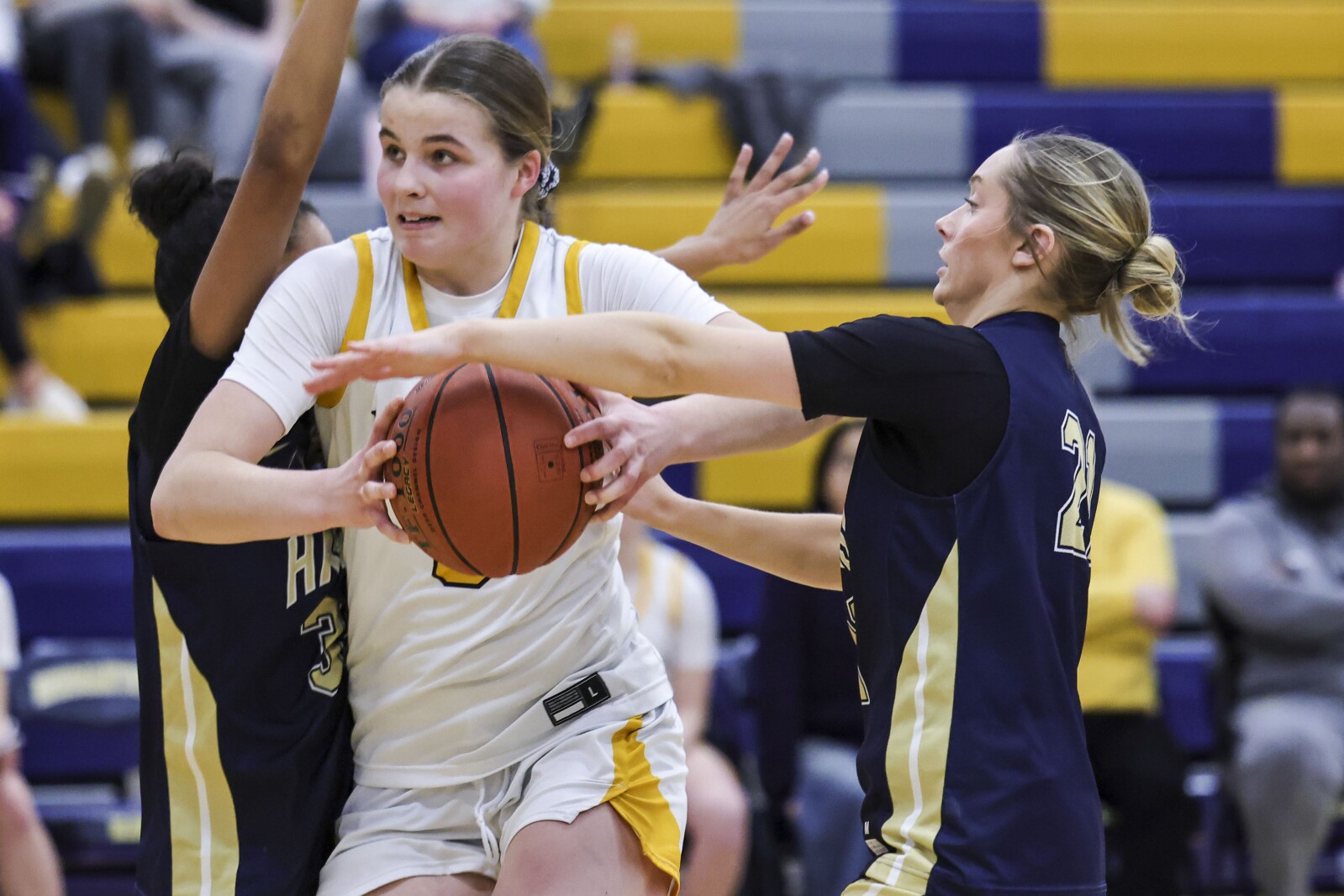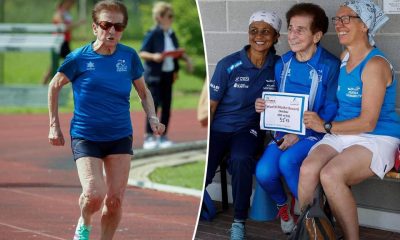We often think of football when we think of concussions, but girls who play high school soccer are at nearly the same risk for traumatic brain injuries as high school football players.
Boys playing high school football suffered the most concussions of any youth sport studied at 10.2 for every 10,000 practices and games. Girls soccer was second at 8.4 per 10,000 times playing.
But a recent study shows that rule changes in youth soccer that started in 2016 to reduce concussions are helping. Almost 10 years ago, the U.S. Soccer Federation banned headers for players younger than 10, and players ages 11 to 13 can practice headers for no more than 30 minutes a week.
The new report found that since the rule change, there’s been a nearly 26% reduction in soccer-related concussions, going from 8.2% of all soccer injuries to 6.1%.
Nine-year-old Presley Markich, who plays for the Pittsburgh Riverhounds Soccer Club at AHN Montour Sports Complex, knows what a concussion feels like. She was just 8 when she got a concussion playing soccer after colliding with another player.
“I started to feel sick in the car. I threw up once we got home. I took a nap because my vision was blurry, and I threw up again and then ended up in the ER for four hours,” she said.
Her mom, Liz Whiting, said, “As a parent, I really did not want any long-term effects from this, especially at such a young age.”
AHN physical therapist Kim Kelley suffered three concussions playing soccer in high school and college, all in the midst of going for a header.
“In high school, another player and I went up at the same time, and I hit the ball, and she hit the back of my head,” Kelley said.
The U.S. Soccer Federation also now requires that any time there’s a potential concussion, coaches must include the player in an assessment, and if it could be a concussion, they must call in a medical professional.
“I think it’s really important to stop and make sure that they’re evaluated so it doesn’t get any worse because there are horrible long-term effects if it continues to happen,” Whiting said.
Kelley, who works with kids who have concussions, says, “If they get hit in the midst of a current concussion or a fresh acute concussion, potentially it’s fatal. You know, we see that those kids have a prolonged recovery, higher risk of prolonged headaches, prolonged symptoms, some higher risks – we’re talking about depression, anxiety, things like that.”
One of the most important things for players to do is to be honest about their symptoms and for parents and coaches to look for subtle signs they may not be telling you about.
“You have to be honest with yourself, with everybody else,” Kelley says. “It’s very hard with these athletes. They’re extremely competitive. No one wants to miss any playing time, but we are talking about your career and well-being.”
Whether it’s practice or a game, these young soccer players give it their all – every sprint, every block, every shot. They are passionate about the sport.
Eight-year-old Ivy Armel says she loves the “footwork, goalie, scoring.” Teammate Adley Valkavitch says, “I like when I have to defend,” and Markich says she likes “the games, practicing and all my teammates.”
Mia Duckstein is 15 and says the coaches teach them how to properly head the ball.
“If you do it the right way, it doesn’t hurt, but if you do it the wrong way, it kind of hurts a little bit,” she says.
Her mom, Mikaela Halaja, says, “It’s hard not to wonder if and how those headers, even when they do it the right way, are affecting the brain. Even if it’s little bumps and bruises along the way, it is definitely a concern.”
The young players want to win on the field, but their parents often have a longer-term perspective, wanting to ensure they win at life.
One interesting note from the study was that girls had fewer concussions overall, but a higher percentage of their injuries were from concussions – 10% compared to 6% for boys. This could be because of female anatomy, because boys have thicker skulls and stronger neck muscles, but there’s no scientific consensus.
For more on kids activities, go to kidsburgh.org.
KDKA is proud to partner with kidsburgh.org.
Kristine Sorensen
Kristine Sorensen joined KDKA as a reporter/anchor in April 2003. She anchors KDKA-TV News at 5 p.m., as well as special reports and Kidsburgh stories, in partnership with Kidsburgh.org, featuring the positive things in our community for kids and families. Kristine also hosted “Pittsburgh Today Live” for 11 years on KDKA.



















 : roknowswrestling/TikTok)
: roknowswrestling/TikTok)




































